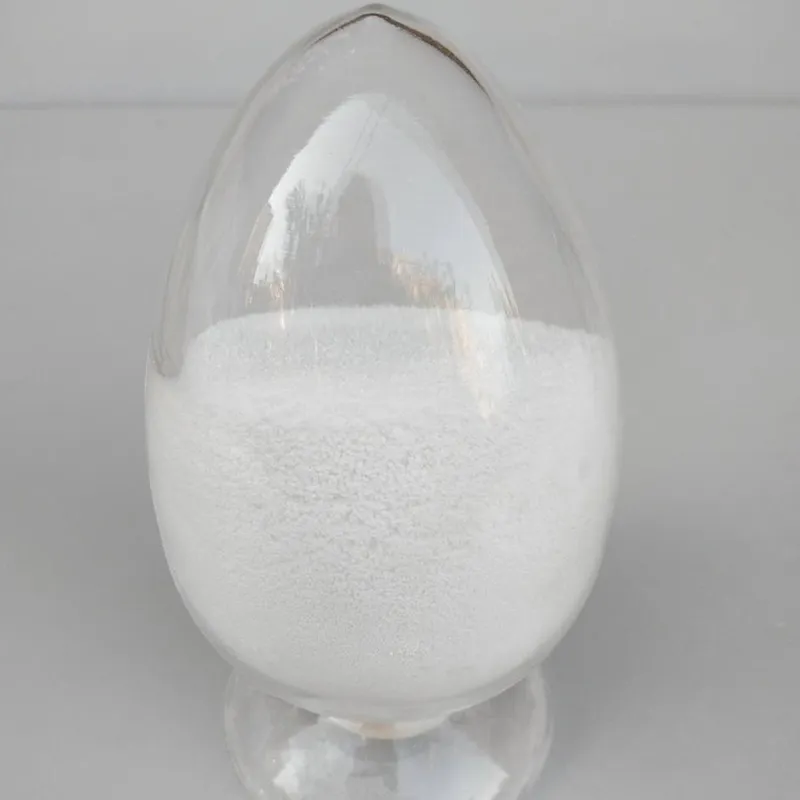
Preparation of Dilute Formic Acid Solution in Water at 0.1% Concentration
0.1% Formic Acid in Water Applications and Implications
Formic acid, a simple carboxylic acid with the chemical formula HCOOH, is a colorless liquid with a pungent odor. It is naturally found in the venom of ants and the stings of some insects. While formic acid has various applications in agriculture, food production, and chemical synthesis, the focus here lies on a specific concentration 0.1% formic acid in water. This solution serves various purposes and offers several benefits and considerations for users.
Properties and Preparation
A 0.1% formic acid solution implies that there is 0.1 grams of formic acid dissolved in 100 milliliters of water. This low concentration allows the acid to exhibit its properties in a milder form, reducing potential hazards and making it suitable for a broader range of applications. The preparation of this solution is relatively easy. By measuring out the specified amount of formic acid and diluting it in distilled water, one can achieve a consistent and stable solution.
Applications in Agriculture
One significant use of 0.1% formic acid solution is in agriculture, particularly in animal husbandry. Formic acid can act as a preservative in silage, helping to maintain quality and extend shelf life by inhibiting the growth of harmful bacteria and fungi. When applied at low concentrations, it can effectively lower the pH of silage, creating an environment that promotes the activity of beneficial microorganisms while suppressing spoilage organisms. This not only ensures that feed remains nutritious and safe for livestock but also enhances overall farming productivity.
Moreover, formic acid can be utilized in the treatment of feed to improve its digestibility and nutritional value. By incorporating a 0.1% solution into the feed, farmers can promote better absorption of nutrients, which can lead to improved weight gain in livestock and enhanced milk production in dairy cattle.
0.1 formic acid in water

Industrial Applications
Beyond agriculture, 0.1% formic acid in water is also employed in various industrial processes. In the textile and leather industries, for instance, it is used as a mild acid for pH adjustment and as a stabilizer in dyeing processes. The gentle acidity of a 0.1% solution allows for effective processing without damaging the fibers or leather, providing manufacturers with a viable option for maintaining product quality.
In the field of chemistry, formic acid solutions are often used as a reducing agent in organic chemistry reactions, where they can help facilitate the conversion of substances into more useful forms. The diluted form of acid ensures that reactions can be controlled more effectively, minimizing the risk of side reactions or excessive heat production.
Safety and Handling
While formic acid is beneficial in many contexts, safety is always a key consideration. At a concentration of 0.1%, formic acid poses a low risk, but users should still handle it with care. It can irritate the skin and eyes upon contact and can be harmful if ingested. Therefore, it is essential to use appropriate personal protective equipment, such as gloves and goggles, when handling the solution. Additionally, all workplace safety guidelines should be strictly adhered to, ensuring that individuals are aware of the proper procedures for using and disposing of the chemical.
Conclusion
In conclusion, a 0.1% formic acid solution in water presents valuable applications across various fields, particularly in agriculture and industrial processes. Its effectiveness as a preservative, digestive aid, and pH adjuster makes it a versatile tool for farmers and manufacturers alike. While it offers considerable benefits, the importance of safety and proper handling cannot be understated. As our understanding of this compound and its applications continues to evolve, ongoing research may uncover even more potential uses for formic acid in various sectors, solidifying its significance in both agricultural and industrial practices.
-
Understanding Synthetic Rubber OptionsNewsApr.27,2025
-
Trichloroisocyanuric Acid: Essential for Clean and Safe WaterNewsApr.27,2025
-
Sodium Dichloroisocyanurate: Key to Safe Water TreatmentNewsApr.27,2025
-
Sodium Acid Pyrophosphate: Essential in Modern Food ProcessingNewsApr.27,2025
-
Essential Water Treatment ChemicalsNewsApr.27,2025
-
Denatured Alcohol and Its Industrial UsesNewsApr.27,2025
-
The Versatile Uses of Sodium BicarbonateNewsApr.24,2025
Hebei Tenger Chemical Technology Co., Ltd. focuses on the chemical industry and is committed to the export service of chemical raw materials.
-

view more DiethanolisopropanolamineIn the ever-growing field of chemical solutions, diethanolisopropanolamine (DEIPA) stands out as a versatile and important compound. Due to its unique chemical structure and properties, DEIPA is of interest to various industries including construction, personal care, and agriculture. -

view more TriisopropanolamineTriisopropanolamine (TIPA) alkanol amine substance, is a kind of alcohol amine compound with amino and alcohol hydroxyl, and because of its molecules contains both amino and hydroxyl. -

view more Tetramethyl Thiuram DisulfideTetramethyl thiuram disulfide, also known as TMTD, is a white to light-yellow powder with a distinct sulfur-like odor. It is soluble in organic solvents such as benzene, acetone, and ethyl acetate, making it highly versatile for use in different formulations. TMTD is known for its excellent vulcanization acceleration properties, which makes it a key ingredient in the production of rubber products. Additionally, it acts as an effective fungicide and bactericide, making it valuable in agricultural applications. Its high purity and stability ensure consistent performance, making it a preferred choice for manufacturers across various industries.











